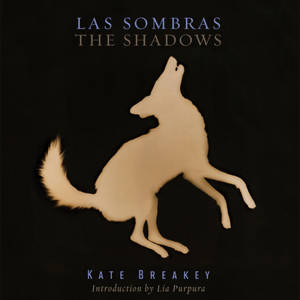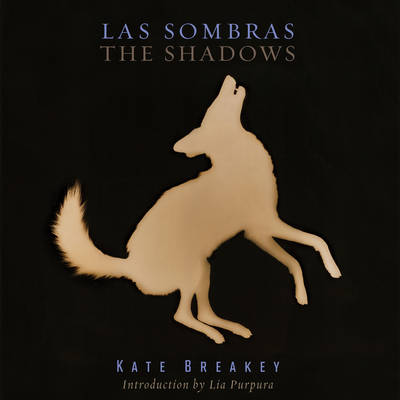
- Afhalen na 1 uur in een winkel met voorraad
- Gratis thuislevering in België vanaf € 30
- Ruim aanbod met 7 miljoen producten
- Afhalen na 1 uur in een winkel met voorraad
- Gratis thuislevering in België vanaf € 30
- Ruim aanbod met 7 miljoen producten
Zoeken
Omschrijving
Las sombras, the shadows, are literally that--shadows left behind when Kate Breakey places objects on photosensitive paper and shines light on them. And yet, in the inevitable reversal of photography, these shadows are full of light--and more than light. Breakey's luminous images of coyotes and whipsnakes, hopping mice and scorpions, are filled with her love of the American Southwest that is now her home and the animals, plants, and insects that inhabit it. As she says, "The natural world is full of wondrous things to look at and to chronicle and catalogue. In my own way, I have devoted myself to that end." Las Sombras/The Shadows presents new work that Kate Breakey has created since moving to Arizona in 1999. Making pictures without a camera, like early nineteenth-century photographers such as William Henry Fox Talbot and Anna Atkins, Breakey also shares their affinity for recording the natural world in scientific detail, as well as with artistic beauty. Breakey's contact prints, known as photograms or photogenic drawings, have the sepia-toned look of Victorian illustrations, yet their sensibility is distinctly modern. In the way she poses the animals, Breakey's coyotes and rabbits dance; her birds fly. Accompanying the images is an essay by poet Lia Purpura, in which she invites las sombras to spark her own investigation of shadows, of the absence that paradoxically becomes a kind of presence, especially when held in a photograph. This revealing conversation between images and words opens up a new way of seeing, a discovery of substance in shadows.
Specificaties
Betrokkenen
- Auteur(s):
- Uitgeverij:
Inhoud
- Aantal bladzijden:
- 168
- Taal:
- Engels
- Reeks:
Eigenschappen
- Productcode (EAN):
- 9780292744202
- Verschijningsdatum:
- 1/10/2012
- Uitvoering:
- Hardcover
- Formaat:
- Genaaid
- Afmetingen:
- 311 mm x 313 mm
- Gewicht:
- 1873 g

Alleen bij Standaard Boekhandel
+ 187 punten op je klantenkaart van Standaard Boekhandel
Beoordelingen
We publiceren alleen reviews die voldoen aan de voorwaarden voor reviews. Bekijk onze voorwaarden voor reviews.











